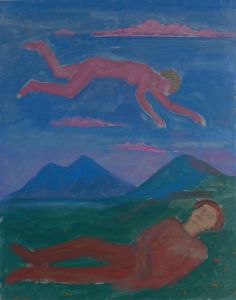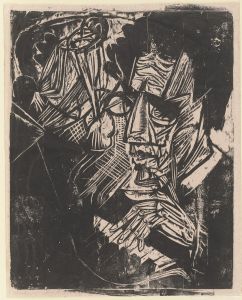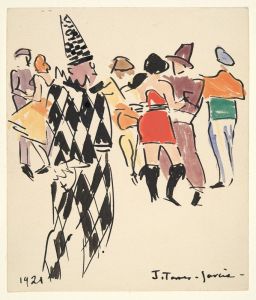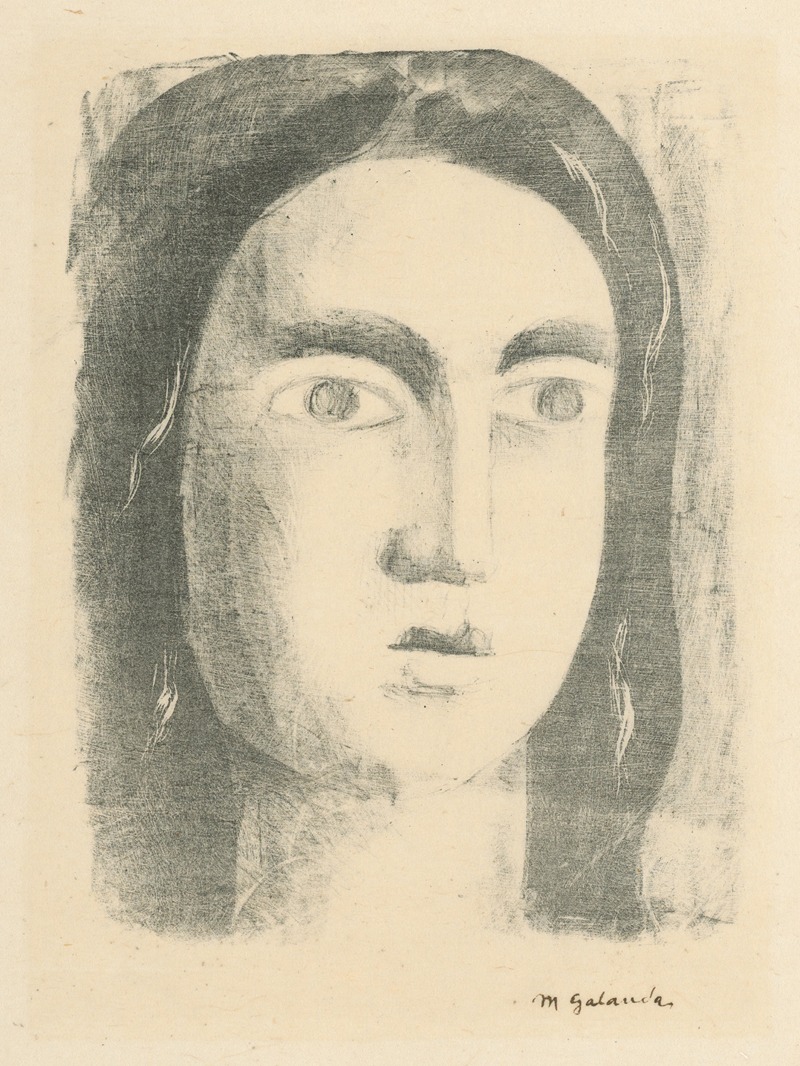
Hlava dievčaťa
A hand-painted replica of Mikuláš Galanda’s masterpiece Hlava dievčaťa, meticulously crafted by professional artists to capture the true essence of the original. Each piece is created with museum-quality canvas and rare mineral pigments, carefully painted by experienced artists with delicate brushstrokes and rich, layered colors to perfectly recreate the texture of the original artwork. Unlike machine-printed reproductions, this hand-painted version brings the painting to life, infused with the artist’s emotions and skill in every stroke. Whether for personal collection or home decoration, it instantly elevates the artistic atmosphere of any space.
Mikuláš Galanda was a prominent Slovak painter and graphic artist, known for his significant contributions to modern Slovak art in the early 20th century. One of his notable works is "Hlava dievčaťa," which translates to "Head of a Girl." This painting is a fine example of Galanda's style, which often combined elements of modernism with traditional Slovak themes.
Galanda was born on November 4, 1895, in Turčianske Teplice, then part of the Austro-Hungarian Empire. He studied at the Academy of Fine Arts in Budapest and later at the Academy of Fine Arts in Prague. His education and exposure to different art movements across Europe influenced his artistic development, allowing him to blend various styles and techniques in his work.
"Hlava dievčaťa" is characterized by its modernist approach, which was a departure from the more traditional styles prevalent in Slovak art at the time. Galanda was part of a movement that sought to modernize Slovak art, and his works often reflected a synthesis of Cubism, Expressionism, and Folk Art. This painting, like many of his others, demonstrates his ability to capture the essence of his subjects with minimalistic yet expressive forms.
The painting features a young girl's head, rendered with bold lines and a simplified form that emphasizes the subject's features. Galanda's use of color is subtle yet effective, often focusing on earthy tones that reflect the natural landscape of Slovakia. His technique involves a careful balance between abstraction and representation, allowing viewers to engage with the emotional and cultural dimensions of the piece.
Galanda's work, including "Hlava dievčaťa," played a crucial role in the development of Slovak modern art. He was a member of the "Generation 1909," a group of Slovak artists who were instrumental in introducing modernist ideas to Slovak art. This group sought to break away from academic traditions and explore new artistic expressions that resonated with contemporary European movements.
Throughout his career, Galanda was not only a painter but also an illustrator and graphic designer. He contributed to various publications and was involved in the creation of book illustrations, posters, and other graphic works. His versatility as an artist allowed him to leave a lasting impact on Slovak visual culture.
Mikuláš Galanda's legacy is celebrated in Slovakia, where he is regarded as a pioneer of modern art. His works are held in high esteem and are part of several public and private collections. "Hlava dievčaťa" remains an important piece within his oeuvre, exemplifying his innovative approach to art and his commitment to capturing the spirit of Slovak identity through modernist techniques.
Galanda passed away on June 5, 1938, in Bratislava, but his influence on Slovak art continues to be felt. His contributions have paved the way for future generations of artists, and his works remain a testament to the rich cultural heritage of Slovakia.






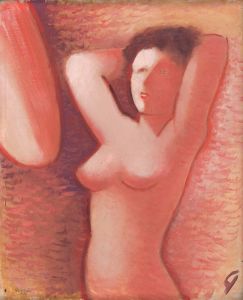
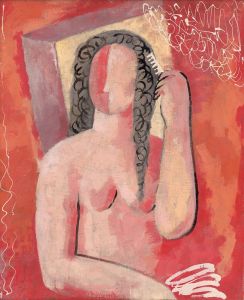
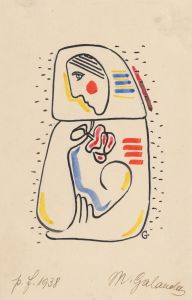
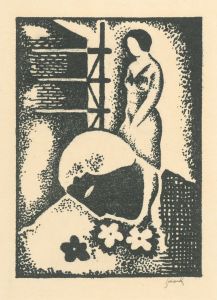
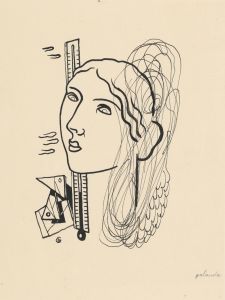

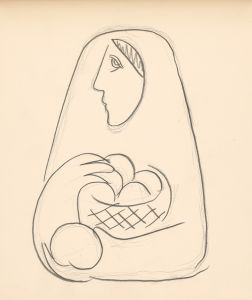
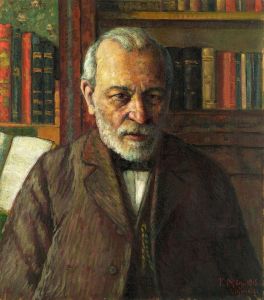

![Miscellaneous interior details.] [Details, figural doodles, and notations](/imgs/249484/s/winold-reiss-miscellaneous-interior-details-details-figural-doodles-and-notations-42b25d95.jpg)
